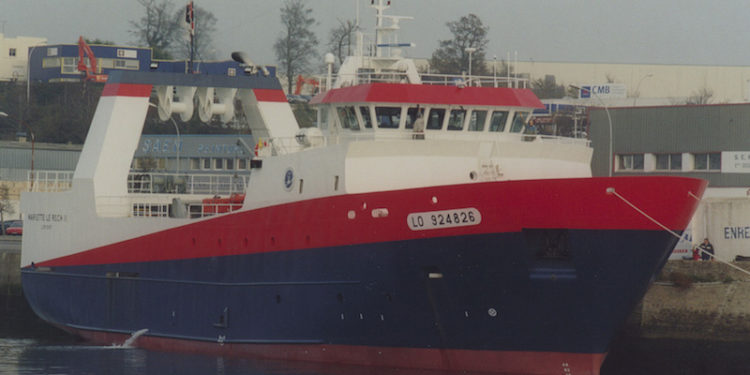A ban on fishing below a depth of 800 meters in the north-east Atlantic was confirmed by the European Parliament this week.
The ban will apply to bottom trawling and applies restrictions to areas where deep water fishing was carried out between 2009 and 2011 with the addition of ramped up at-sea checks and further rules for data collection.
‘This deep-sea fishing regulation is highly symbolic. Deep-sea fishing is an economic activity which, besides its social function of providing jobs, also provides food and it has a strong environmental impact,’ said rapporteur and French MEP Isabelle Thomas of the Progressive Alliance of Socialists and Democrats.
‘We have won an agreement tailored to our priorities and all its aims,’ she commented.
The new rules will set a depth limit of 800 metres, beyond which it will be illegal to fish. The reasoning is that this will help protect vulnerable deep sea marine ecosystems.
The regulation also lays down separate rules to protect vulnerable marine ecosystems (VMEs) at depths below 400 metres. If a catch exceeds set amounts of VME indicator species, then the vessel will have to stop fishing immediately and resume only when it has moved at least five nautical miles away from where it encountered a VME.
The EU will restrict the north-east Atlantic ‘footprint’ area, where deep-sea fishing is permitted, to zones where there is a track record of fishing activity between 2009 and 2011, which applies to all vessels with a catch consisting of more than 8% deep sea species for at least one trip a year.
MEPs also demanded stronger transparency safeguards, by including obligations to provide public information on EU vessels targeting deep-sea species and to report all catches (fish and vulnerable ecosystems). Member states will also be required to provide information on the location of vulnerable ecosystems (impact assessments) and the EU Commission will assess this data annually and adapt the footprint area accordingly.
20% of EU vessels will need to have a scientific observer on board to ensure that timely and accurate data are collected.









